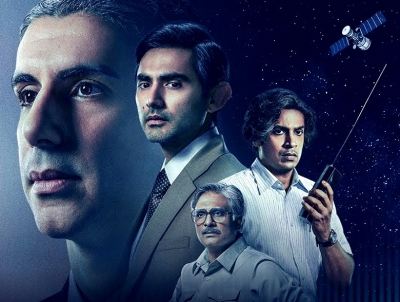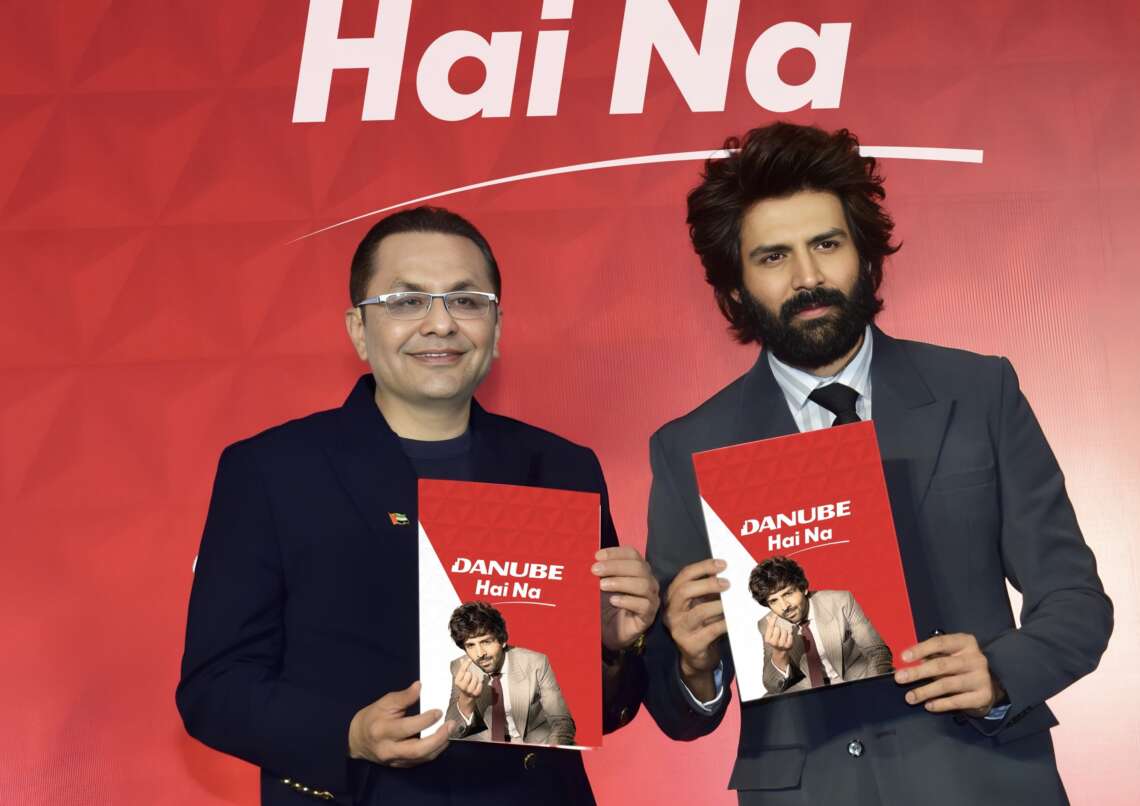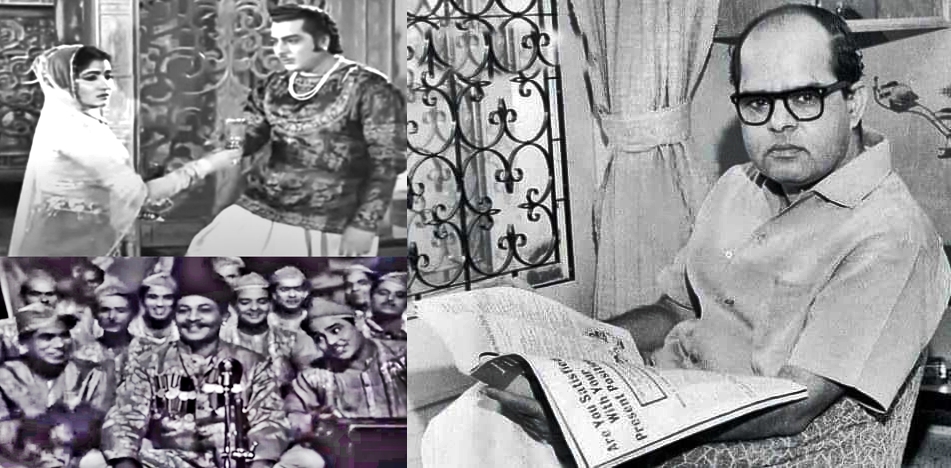What is more, on OTT, you can bring to life the stories that are long embedded in the minds of the masses, but still, the details are not known. An example is the Harshad Mehta case, which was the subject of ‘Scam 1992: The Harshad Mehta Story’…reports Vinod Mirani
The first quarter of 2023 has come to an end and the Hindi film industry has little to show for itself. The scene has been dismal, not because of the first quarter, but also because of the second quarter, which holds no promise of box-office boosters.
A lot of producers seem to think it is easier to create content for OTT platforms, which is why many makers have opted to produce for that medium. When you make OTT content, it’s an all-in-one deal. You complete the project, hand it over to the platform and cash out. No hassles such marketing or complying to the terms of cinema chains to endure.
It is you who make a film and it is some marketing wizkid who’ll decide how your film should be released. The problem, though, is that they know little or nothing about which film needs what kind of handling.

What is more, on OTT, you can bring to life the stories that are long embedded in the minds of the masses, but still, the details are not known. An example is the Harshad Mehta case, which was the subject of ‘Scam 1992: The Harshad Mehta Story’.
Or take the instance of ‘Rocket Boys’. You may have heard about Homi Bhabha and Vikram Sarabhai, but knew little about them and did not dare to ask for fear of looking ignorant. If you made something similar for theatrical release, the cinema management wouldn’t have touched your product with a bargepole.
Besides the OTT platforms, one must also consider television channels. There are now hundreds of them for national viewers as well as the ones who are more comfortable with regional languages. All have been dishing out interesting content with great production values.
Entertainment that uses action and comedy and romance is fine but the generation now is curious and is open to such content as ‘Scam 1992’ and ‘Rocket Boys’.
As for filmmakers, they, sadly, can’t think beyond the formula. They now dish out the same old stuff costing crores, what the earlier generation delivered for lakhs. Only, these are much inferior when compared to earlier films.
As things stand now, a normal film with a big star would cost on average Rs 200 crore. Because these big stars charge Rs 100 crore or more. That limits the budget for the actual making of the film. Add to that the cost of special effects to make these aged stars look younger.
And then, in most cases, add the cost of acquiring the remake rights paid to a South Indian producer (almost all Hindi films are remakes of South Indian productions, when they are not inspired by Hollywood movies).
With this kind of input costs, a film with a major star needs to do business of at least Rs 500 crore to show some profit. It’s a high-stake risk which is not worth taking because most films fail to manage to make that kind of money.
Here, one may argue that there are also satellite rights and OTT rights that contribute to a film’s recovery. But these mediums no longer go by the filmmaker’s word when it comes to box-office figures and have tied up the final cost of a film’s rights to its box-office collections. To them, the face value of a film does not matter anymore the way it did initially when they entered the Indian market.
If one observes closely, there are no big stars in OTT programming. Most feature those who played character roles in films or those who were not getting films anymore. It seems, what sells is content and performances. This year so far, 12 films were released directly on OTT and about 18 after a formal theatrical release.
So, what does the industry have to show for the first three months? Two films stood their ground to a varied extent namely ‘Tu Jhoothi Main Makkaar’ and ‘Pathaan’. Between them, they have collected approximately Rs 700 crore.
Out of these, ‘Pathaan’ claims a take of Rs 500 crore; ‘Tu Jhoothi Main Makkaar’ collected Rs 120 crore. Films such as ‘Kuttey’, ‘Gandhi Godse: Ek Yudh’, ‘Shehzaada’, ‘Selfiee’, ‘Mrs Chatterjee Vs Norway’, ‘Zwigato’ and ‘Bheed’ contributed the rest. Other small films contributed around Rs 100 crore.
‘Bhola’ released at the fag end of March and its business will reflect only later. Compare this with the first quarter of 2019 when there were quite a few films that hovered around Rs 100 crore or more. These films included ‘Uri’, ‘Manikarnika’, ‘Total Dhamaal’, ‘Gully Boy’, ‘Luka Chuppi’, ‘Badla’, ‘Kesari’, along with ‘Junglee’, ‘The Accidental Prime Minister’, ‘Ek Ladki Ko Dekha To’ and ‘Thackeray’ contributing another Rs 100 crore, all adding up to Rs 1,100 crore for the first quarter.
So, were it not for ‘Pathaan’, this quarter would have been a total disaster.
It does not stop at the dismal first quarter, the next quarter promises nothing material in the offing. This is because in the quarter that just closed, there has been no big announcement. Filmmakers such as Sajid Nadiadwala, Karan Johar or other big-time producers have not been hasty in announcing new projects — the circumstances being so uncertain.
Also, there are no corporate houses to bankroll huge projects. It has always been the norm: you earn from this industry, but never reinvest your earnings (except in property). Movies have always been made on borrowed or outside monies. One announcement that made it to the media in the first quarter was about ‘Pathaan vs Tiger’ from Yash Raj Films.
The announcement sounds gimmicky, aimed at keeping it in the media glare and garnering the initial audience for the first few days. After all, the two stars fell apart after doing Rakesh Roshan’s ‘Karan Arjun’ (1995). For whatever differences they had with Rakesh Roshan, both are said to have vowed never to work with him again.
Shah Rukh Khan, however, went ahead and did ‘Koylaa’ for the same producer. Of course, some maturity of thinking did lead to guest roles in each other’s films in this duration.
If your film gets footfalls in the first few days, it adds to a film’s prospects on the satellite and OTT circuits. They no longer buy films blindly on face value. Their buying is now determined by the box-office figures generated by a film. A film’s satellite rights are worth 25 per cent and the OTT rights 50 per cent of the box office collections.
Inflated collections are good for social media and even news channels. OTT and satellite platforms are not fooled by these figures anymore. They ask for GST payment receipts.
In such circumstances, cinema chain holders are facing tough times. Footfalls have still not returned to pre-Covid days.
As one may be aware, almost all, save a few, major multiplex properties are on rent and, lately, films are not doing well enough for the cinemas to be comfortable paying these rents. In such an event, they are said to have proposed that the property owners take a share in the box-office revenue instead of the rents!
Due to the desperate situation cinemas face, the managements came up with various ways to generate extra revenue with new ideas. Usually, the ideas they come up with don’t generate money.
The whizkids at PVR and INOX have come up with one such idea, which can be only be described as harebrained. This cinema chain has plans for the viewers to pay Re 1 and watch release trailers of various new films in a 30-minute slot!

Somebody has to be really naive to take out time and watch 30 minutes of trailers of forthcoming films even for free, let alone Re 1. Does the Re 1 include parking?
Considering there is a short supply of cinema content internationally and at home, where will the new trailers come from?
How do you check if one buys a Re 1 ticket, loiters around the lobby and sneaks into any other auditorium screening a full-length film? The number of ushers at these multi-screen cinemas is very limited.
What about the risk that the trailer you screen fails to inspire or even disappoints, so much so that the viewer decides not to watch the film when released? It may lead to rating the trailers.
And what purpose will your generous offer serve when every teaser or trailer is instantly available on YouTube after it is put in the public domain?
ALSO READ-‘Mrs. Undercover’ celebrates homemakers across the globe’













